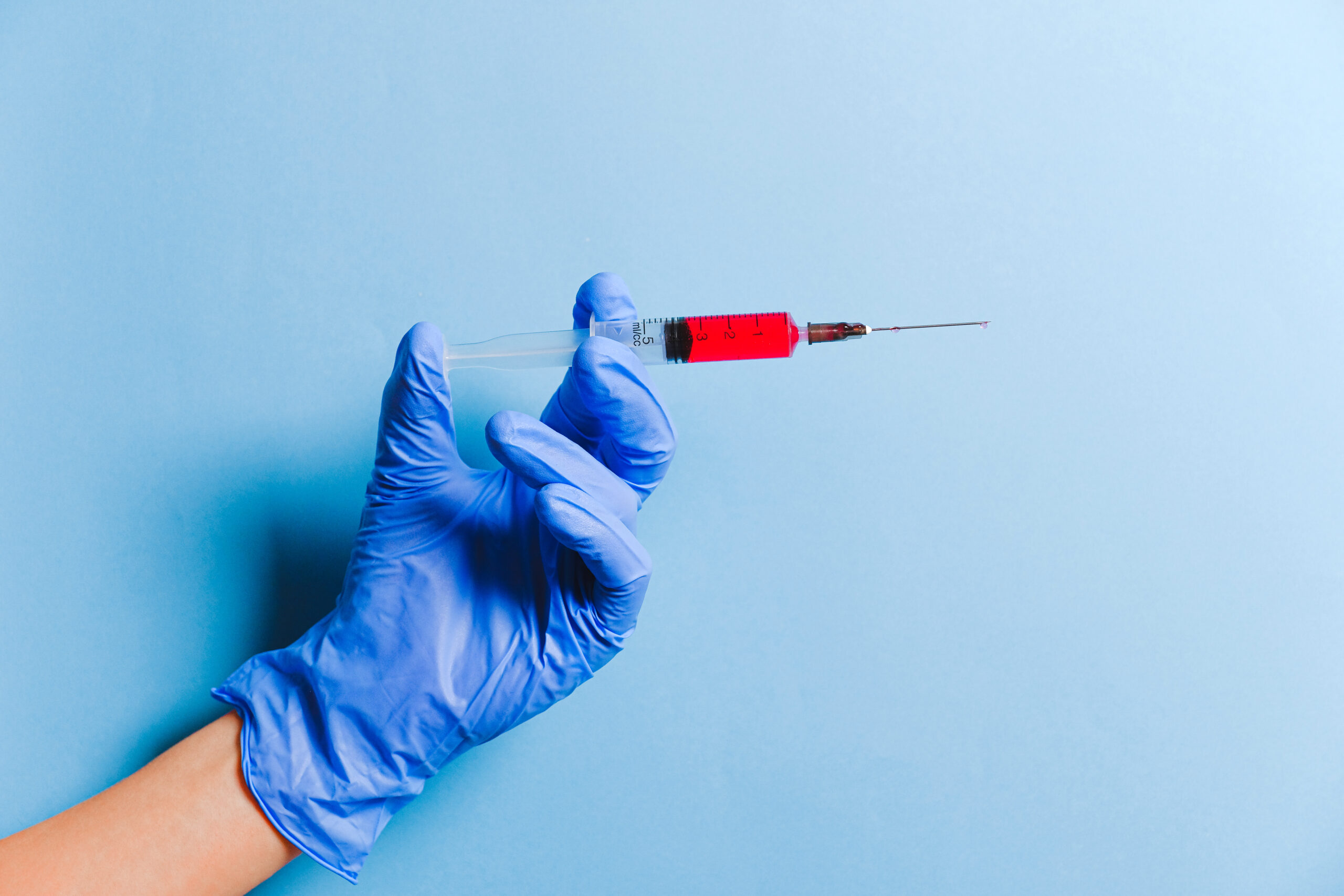The test results are promising, that is why the pharmaceutical companies Pfizer and Biontech have already applied for emergency approval for their coronavirus vaccine in the USA. In Europe, too, a procedure for approval has been underway since the beginning of October – albeit somewhat differently.
An emergency approval like in the USA does not exist in Europe. Here, a so-called rolling review process is currently underway for the vaccine from Biontech and Pfizer, with manufacturers submitting information from the vaccine studies since the beginning of October. The data will be reviewed by a scientific committee of the European Medicines Agency EMA, explains vaccine expert Christina Nicolodi, who is involved in the development and approval of biotechnological drugs. “The committee is composed of representatives of the individual member states who review these documents and also discuss the data situation with the companies. In this way, the marketing authorization is built up step by step”.
Approvals USA vs. EU
The requirements for pandemic approval in the EU are somewhat stricter than in the USA, but may be somewhat slower. In the USA, for example, a follow-up period of four to six weeks must be observed for at least 3,000 test persons who have received a vaccine before the application for emergency approval can be submitted. For approval in the EU, in turn, four to six weeks must elapse after receiving the second dose of vaccine in all test subjects involved, Nicolodi explains. “This follow-up serves on the one hand to ensure safety, because so-called vaccine-associated side effects can already be detected within the first six weeks. Besides one can already draw conclusions here, how long the vaccine works”.
According to Pfizer, after the last test persons received their second vaccination dose in mid-November, the very last data could be submitted to the European Medicines Agency EMA in mid-December. Once all uncertainties have been resolved, the authority will issue a positive decision. The vaccine will then be approved by the European Commission for all EU member states. It remains to be seen how quickly this will happen, says Nicolodi. “There is still little experience with the rolling procedure in the EU. But precisely because it is a rolling procedure, the data is already being reviewed on an ongoing basis and the actual application, once all the data is in place, is only a formal process. This means that approval could actually be granted in a few weeks.
License not immediately at the end of studies
After the approval, however, the scientific observation continues. On the one hand, further research is being carried out to determine whether there will be any side effects of the vaccine in the test persons next year. “Here, the participants are asked to keep a side-effect diary in order to be able to determine whether there could be long-term side-effects that are attributable to the vaccine. The long-term effects are also checked again and again, for example by measuring whether vaccinated persons still have antibodies in their blood.
In addition, new studies are being started. They are intended to uncover possible rare side effects in the population and help to keep an eye on the efficacy in different groups, such as the elderly or people with previous illnesses. “It is true that already in the Phase 3 study, we are trying to include as many different test subjects as possible in the study. However, there are still only a limited number of participants who have diabetes, HIV or other diseases, for example. Whether or not rare side effects or other vaccine-associated effects can occur here can only be assessed when more data are available, and for this purpose, these follow-up studies are necessary.
— hp Source: Coronavirus: Wie Impfstoffzulassung in EU funktioniert – science.ORF.at. Picture: pixabay.com
This post has already been read 1482 times!



